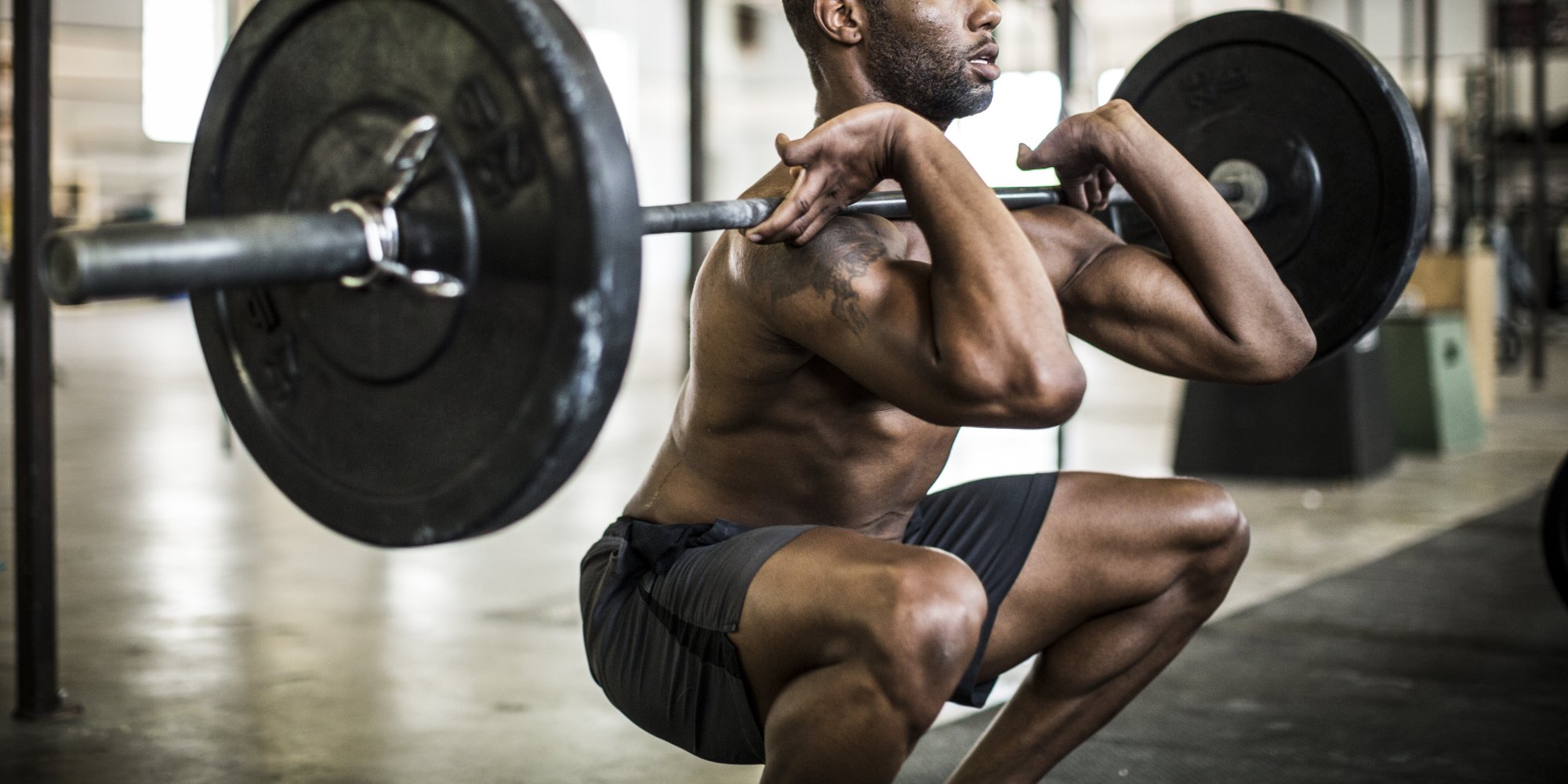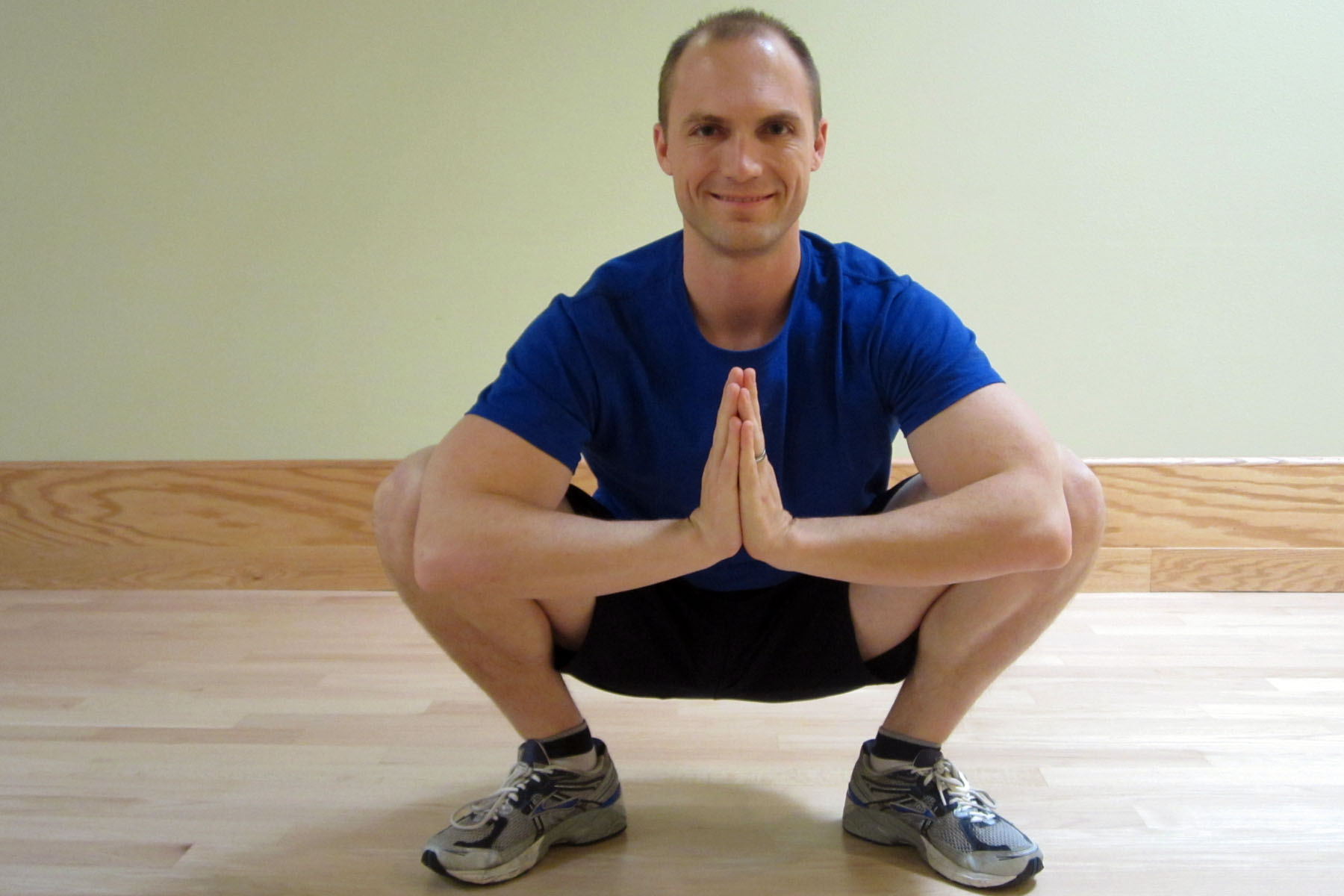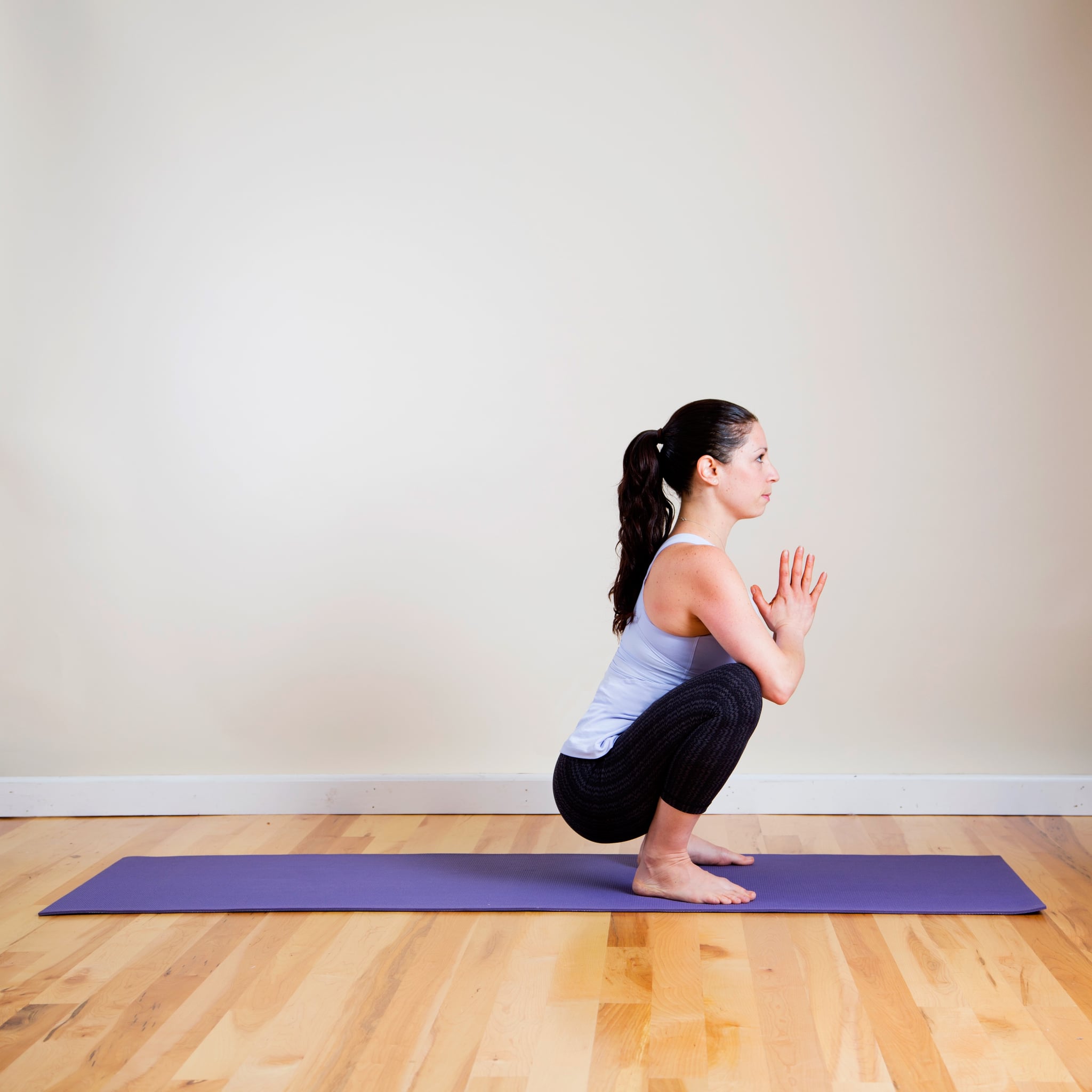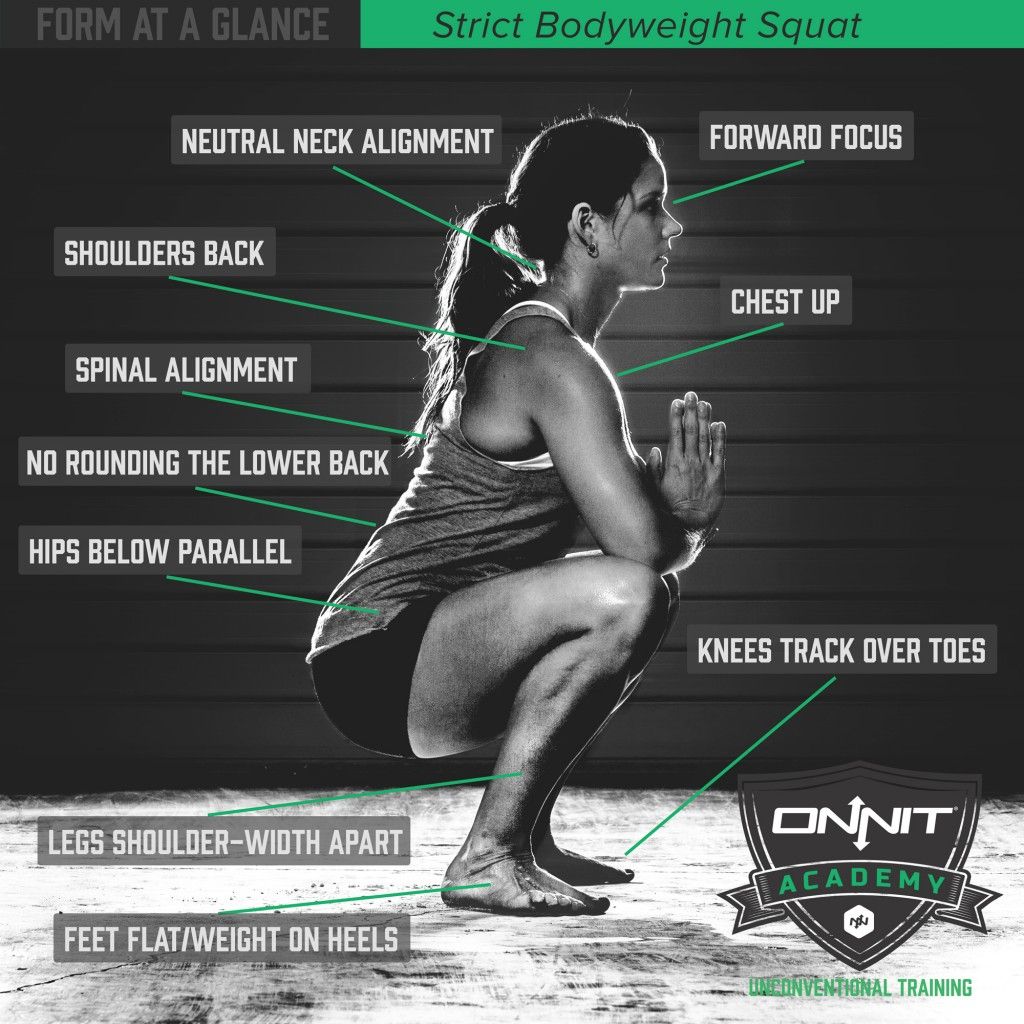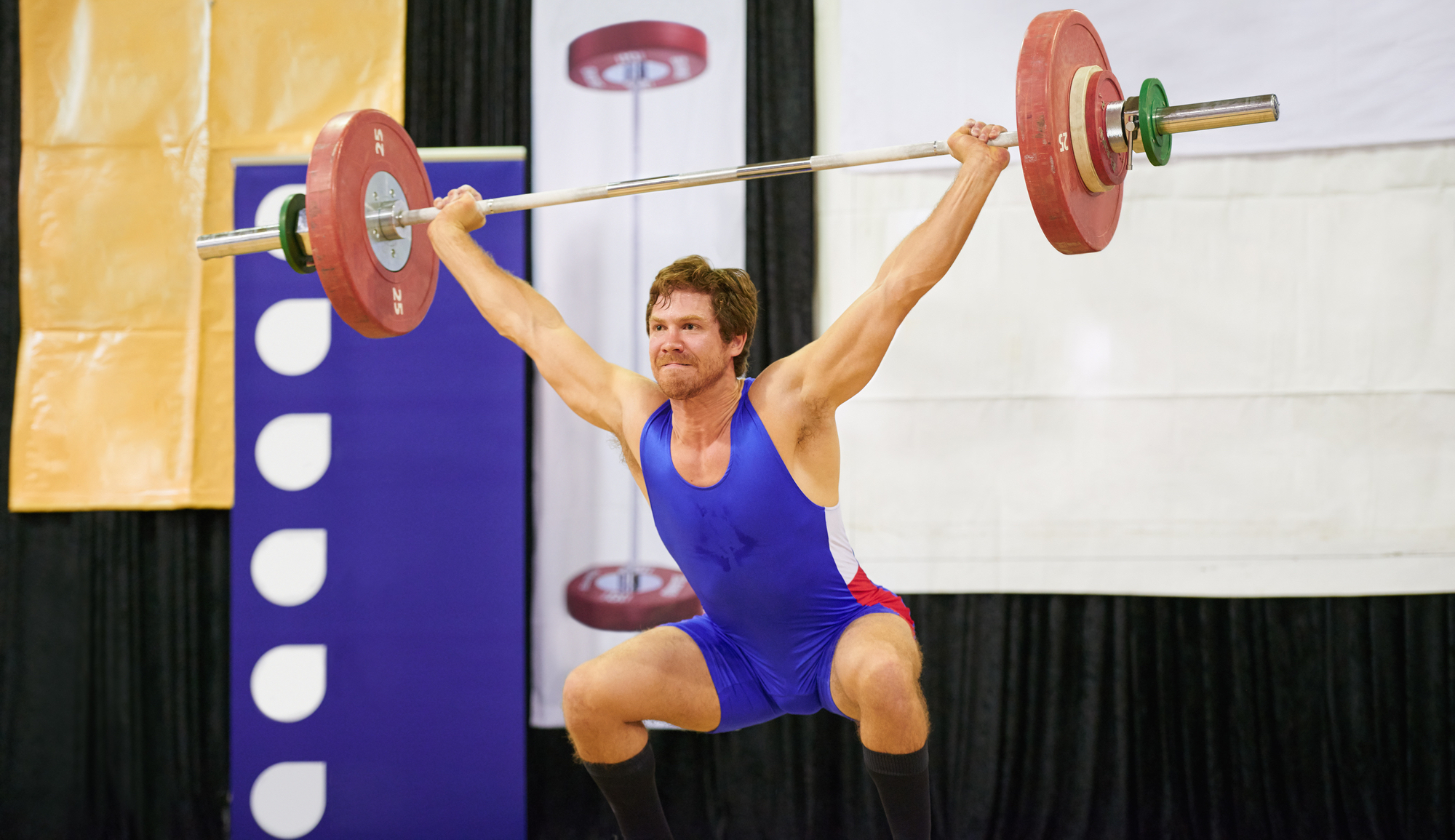Deep Squat Form
Deep Squat Form - Web the deep resting squat, or as some people call it, the deep bodyweight squat, is the position where your hips and glutes are below your knees with feet flat resting in a natural resting. Narrower, wider, feet turned out, feet straight, etc.). Web squat as deep as you can. It’s also the form taught in starting strength, one of the best books for beginners on the market. This is usually when your knee is flexed to about 120° (where 0° is when you’re standing straight with extended legs). Web what’s the deep squat? Elbow positioning proper squat form requires you to keep your elbows tucked throughout the movement. Keep your heels in contact with the ground throughout the entire range of the squat. Web to incorporate deep squats into your workout routine safely, follow these key steps for correct form: Web the “low bar back squat” is the most common form done by beginners, general lifters, and powerlifters.
Take a big breath, hold it and squat down. Hold a weight in front of you (e.g. Web to incorporate deep squats into your workout routine safely, follow these key steps for correct form: Put something underneath your heels (e.g. Take a deep breath in and brace your core to help keep your spine stable. Ankle mobility is key to. Web lower the weight and apply these tips now! From limb length and joint mobility to pelvic structure and foot positioning, we'll guide you. Some common definitions of different squat depths are: That brings your knees to a greater degree of flexion, thus allowing your quads to contribute for a longer period of time (adding a load to the front as seen in front squats can definitely enhance this).
Web what is a deep squat? Grab it tight with a medium grip. Now angle them even farther outward, to 10 and 2. Web the top 22 exercises to improve your squat depth are: Web if you’re after quad development as the primary focus of your squat, chances are, you’ll want to squat deep. Web focus on your alignment. Keep torso upright and spine straight, press knees outward, and distribute weight evenly between both feet during the motion. Your thighs are parallel to the floor. That brings your knees to a greater degree of flexion, thus allowing your quads to contribute for a longer period of time (adding a load to the front as seen in front squats can definitely enhance this). If you do, i promise that you'll be squatting more with zero knee / hip pain in no time.stopping halfway (paralle.
Why Deep Squats Are The Best Squats HuffPost
It would seem that some people can just do a deep squat with their heels on the ground,. Web position your hands slightly wider than you might for a back squat so that they're closer to where the plates are loaded. Take a deep breath in and brace your core to help keep your spine stable. Web what is a.
Q & A 7 Tips to Get Rid of Knee Pain The Physical Therapy Advisor
Keeping your torso upright (don't tip forward from the hips), bend your knees, and drop your hips a few inches. Try the deep squat again. From limb length and joint mobility to pelvic structure and foot positioning, we'll guide you. Take a big breath, hold it and squat down. Keep torso upright and spine straight, press knees outward, and distribute.
Wide Squat For Newbies and Veteran Yogis Alike 50 Essential Yoga
That brings your knees to a greater degree of flexion, thus allowing your quads to contribute for a longer period of time (adding a load to the front as seen in front squats can definitely enhance this). Your quadriceps femoris muscles, commonly called your quads, on the front of your thighs control the bending of. Elbow positioning proper squat form.
Air Squat Beginner HIIT Workout POPSUGAR Fitness Photo 6
Web the deep resting squat, or as some people call it, the deep bodyweight squat, is the position where your hips and glutes are below your knees with feet flat resting in a natural resting. Ankle mobility is key to. Unrack it by straightening your legs. Your quadriceps femoris muscles, commonly called your quads, on the front of your thighs.
10 Minute Squat Test Mobility Challenge RunBryanRun
Web how to deep squat correctly: Web the top 22 exercises to improve your squat depth are: According to one study, the average knee angle in deep squats was more than 120 degrees. If you can't get too deep yet, partial or parallel squats are safe alternatives. Practically speaking, you won’t have much use for the deep squat in the.
How Low Should You Go What is Proper Squat Depth? Strength to Go
Deep squat form and benefits the details of the deep squat. According to one study, the average knee angle in deep squats was more than 120 degrees. Web squat as deep as you can. Your hips go down below your knees. Web the “low bar back squat” is the most common form done by beginners, general lifters, and powerlifters.
How to Deep Squat Hold YouTube
Notice which position feels the most natural and allows you to sink the deepest. Web how to deep squat correctly: Your hips go down below your knees. Web the “low bar back squat” is the most common form done by beginners, general lifters, and powerlifters. Practically speaking, you won’t have much use for the deep squat in the united states,.
Deep squat features, proper form and technique
Take a big breath, hold it and squat down. Web how to perfect your squat form using squat therapy. Don’t hunch down or curl your shoulders. It’s also the form taught in starting strength, one of the best books for beginners on the market. It would seem that some people can just do a deep squat with their heels on.
Proper Squat Depth Fitness & Workouts
According to one study, the average knee angle in deep squats was more than 120 degrees. Push up evenly through your whole foot back to the starting position. Ankle mobility is key to. Narrower, wider, feet turned out, feet straight, etc.). Web what is a deep squat?
SelfAssessment Episode 2 Squat Flexibility In Your Hips & Legs
Keep torso upright and spine straight, press knees outward, and distribute weight evenly between both feet during the motion. This is usually when your knee is flexed to about 120° (where 0° is when you’re standing straight with extended legs). Grab it tight with a medium grip. Step back with straight legs. Web the “low bar back squat” is the.
120° Knee Flexion Or More
Web in this thorough tutorial, ryan shares some of his favorite advice for working your way to a deep squat, and how to continue improving it. Take a big breath, hold it and squat down. Some common definitions of different squat depths are: Your hips go down below your knees.
The Definition Of A Deep Squat Is Generally That You Perform It To Parallel Depth Or More.
This means that your knee joint angle is greater than 100 degrees at its lowest point. Flat board) to elevate them slightly. Web focus on your alignment. Move your feet under the bar.
Push Up Evenly Through Your Whole Foot Back To The Starting Position.
Bracing your core and keeping a proud chest, begin to push your hips back, bending your knees as if you’re going to sit. If you do, i promise that you'll be squatting more with zero knee / hip pain in no time.stopping halfway (paralle. Grab it tight with a medium grip. Don’t hunch down or curl your shoulders.
Your Quadriceps Femoris Muscles, Commonly Called Your Quads, On The Front Of Your Thighs Control The Bending Of.
“imagine your knees are a train and feet. Ankle mobility is key to. Stand facing the wall, about two shoe lengths away from the wall — so that butt would touch the ball or the edge of the box. Keeping your torso upright (don't tip forward from the hips), bend your knees, and drop your hips a few inches.
